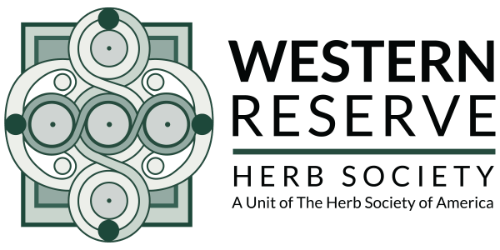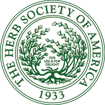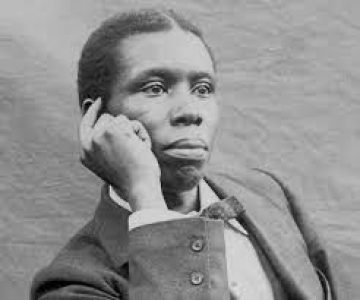Paul Laurence Dunbar was a native Ohioan, born in 1872 in Dayton, Ohio to parents, Matilda and Joshua Dunbar, both natives of Kentucky, who had both been enslaved in their youth. His father had escaped from slavery and served in the 55th Massachusetts Infantry Regiment and the 5th Massachusetts Colored.
Young Dunbar began writing poetry at the age of six, upon the encouragement of his mother. After attending Dayton Central High School, at the same time as the Wright Brothers (he and Orville were friends), he studied at Howard University. He was a prolific writer of both poetry and prose. Dunbar wrote eloquently across dialects, in voices ranging from “negro dialect” to the midwestern American dialect, to conventional American English. He is credited as the first writer to put the African American experience in all its diverse forms before a broader audience.
He was the first generation of freed African American. He struggled with the racism and oppression of his time, and yet he is a spokesperson for all who have dreams unfulfilled. Paul Laurence Dunbar was the first African American to be widely accepted and acclaimed within literary fields in the United States.
In his most popular poem “Sympathy” written in 1899, Dunbar somberly expresses, the plight of Black people in American society. He wrote the poem while working in unpleasant conditions at the Library of Congress. The words “I know what the caged bird feels!” and “I know why the caged bird sings!” still resonate today with Black Americans and people who yearn to be free.
SYMPATHY
By Paul Laurence Dunbar
I know what the caged bird feels, alas!
When the sun is bright on the upland slopes;
When the wind stirs soft through the springing grass,
And the river flows like a stream of glass;
When the first bird sings and the first bud opes,
And the faint perfume from the chalice steals –
I know what the caged bird feels!
Till its blood is red on the cruel bars;
For he must fly back to his perch and cling
When he fain would be on the bough a-swing;
And a pain still throbs in the old, old scars
And they pulse again with a keener sting –
I know why he beats his wing!
When is wing is bruised and his bosom sore, —
When he beats his bars and he would be free;
It is not a carol of joy or glee,
But a prayer that he sends from the heart’s deep core,
But a plea, that upward to Heaven he flings –
Western Reserve Herb Society
Cleveland, Ohio
Written by Mary K Evans, Kathleen Hale, Donna Payerle
August 2025


